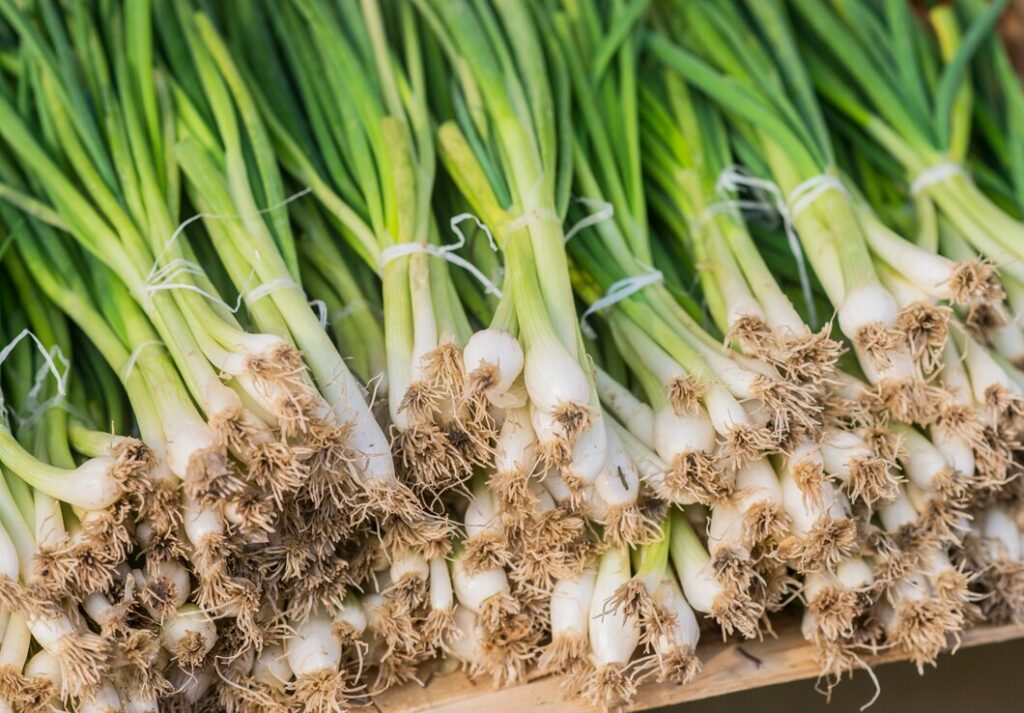Garlic is a staple in many kitchens, known for its bold flavor and numerous health benefits. Growing garlic in a hydroponic garden offers an innovative way to cultivate this pungent vegetable without the need for traditional soil-based methods. Hydroponics, a soilless growing system that uses water and nutrients, has gained popularity due to its efficiency and the ability to grow crops in small spaces. If you’re considering growing garlic hydroponically, this comprehensive guide will walk you through the steps, tips, and benefits of doing so.
What is Hydroponic Gardening?
Before diving into the specifics of growing garlic hydroponically, let’s first define hydroponic gardening. Hydroponics is a method of growing plants without soil, using a nutrient-rich water solution to deliver essential nutrients directly to the plant roots. The benefits of hydroponics include faster plant growth, reduced need for pesticides, and the ability to grow crops in locations that lack traditional soil.
There are several types of hydroponic systems, including:
- Deep Water Culture (DWC): Plants grow with their roots submerged in a nutrient solution.
- Nutrient Film Technique (NFT): A thin film of nutrient solution flows over the roots.
- Wick System: Nutrients are drawn into the growing medium through capillary action.
- Aeroponics: The roots are suspended in the air and misted with nutrient-rich water.
For garlic, the Deep Water Culture and Wick System are most commonly used, as they allow for strong root development, which is essential for garlic growth.
Why Grow Garlic Hydroponically?
Growing garlic hydroponically offers several advantages over traditional soil gardening:
- Faster Growth: Hydroponic systems provide the ideal growing conditions, leading to quicker harvest times.
- Space Efficiency: Hydroponic gardening allows you to grow garlic in areas with limited space, such as apartments or urban environments.
- Consistent Yield: By controlling factors like water, light, and nutrients, you can ensure a steady and reliable garlic harvest.
- Reduced Pest Problems: Without soil, the risk of pests and soil-borne diseases is minimized.
- Sustainability: Hydroponic systems typically use less water than traditional gardening, making them a more sustainable option.
How to Grow Garlic in a Hydroponic Garden: Step-by-Step Guide
Now that you understand the basics of hydroponic gardening and the benefits of growing garlic in this way, let’s go over the step-by-step process for cultivating garlic hydroponically.
1. Choose the Right Garlic Variety
The first step is selecting the right garlic variety for hydroponic gardening. There are two main types of garlic:
- Hardneck Garlic: This variety produces larger cloves and a more complex flavor but requires a cold period to produce bulbs.
- Softneck Garlic: This variety is easier to grow in warmer climates and typically has a longer shelf life.
For hydroponic growing, softneck garlic tends to be more suitable due to its adaptability to warmer temperatures and smaller, quicker-growing bulbs. However, hardneck varieties can still be grown successfully in controlled environments.
2. Prepare Your Hydroponic System
Choosing the right hydroponic system for growing garlic is essential. As mentioned, Deep Water Culture (DWC) and the Wick System are ideal choices for garlic. Here’s a quick overview of how to set up each system:
- Deep Water Culture (DWC): In this system, you’ll need a container filled with a nutrient solution where the garlic bulbs will be suspended. A floating platform (like Styrofoam or net pots) holds the garlic while the roots grow into the nutrient solution.
- Wick System: The wick system uses capillary action to pull nutrient-rich water from a reservoir into the growing medium. This is a simpler setup for small-scale hydroponic garlic cultivation.
3. Planting Garlic Cloves
Once your system is ready, the next step is to plant the garlic cloves. Here’s how to do it:
- Select Healthy Cloves: Choose large, healthy garlic cloves from a reputable source. Ensure the cloves are free from any mold or damage.
- Separate the Cloves: Separate the individual garlic cloves from the bulb. You will only need the largest, most robust cloves for planting.
- Planting in the Hydroponic System: For DWC, place the garlic cloves into net pots or holes in the floating platform. For the Wick system, place the cloves in a small growing medium like perlite or coconut coir, which will hold the garlic while the roots develop.
- Orientation: Plant the cloves with the pointed end facing up and the flat end facing down.
4. Providing the Right Environment
Garlic thrives in cool temperatures, typically between 55°F and 75°F (13°C to 24°C). While hydroponic systems can maintain controlled environments, it’s important to ensure that the temperature and humidity are optimal for garlic growth.
- Light: Garlic needs 12-16 hours of light per day to grow well. Use full-spectrum grow lights if growing indoors or ensure it gets plenty of natural sunlight if growing in a sunny location.
- Temperature: Maintain a stable temperature of 60-70°F (15-21°C) for optimal garlic growth. Avoid temperatures that are too high, as they may affect the growth and yield.
- pH and Nutrients: The ideal pH for garlic in hydroponics is between 6.0 and 7.0. You will also need to monitor the nutrient solution regularly and provide a balanced mix of nitrogen, phosphorus, and potassium, along with trace elements like calcium, magnesium, and sulfur.
5. Care and Maintenance
Growing garlic hydroponically requires regular attention, though it is generally easier than traditional soil-based gardening. Here are a few things to keep in mind:
- Nutrient Solution: Ensure that the nutrient solution is replenished and adjusted as needed. Garlic needs different nutrient levels at different growth stages, so monitoring the solution regularly is key.
- Watering: While hydroponic systems typically have a self-watering mechanism, check the water levels regularly to ensure the roots are getting enough nutrients.
- Temperature and Humidity Control: Keep the environment stable. Garlic doesn’t like extreme fluctuations in temperature, so maintain a steady, moderate climate.
6. Harvesting Your Hydroponic Garlic
Garlic grown in hydroponic systems is typically ready for harvest in 4-6 months. Signs that your garlic is ready to harvest include:
- Yellowing Leaves: When the leaves begin to yellow and die back, it’s a sign that the garlic is approaching maturity.
- Bulb Size: If you’re growing softneck garlic, check the size of the bulb by gently pulling the garlic up to inspect it. The bulbs should be firm and well-formed.
Once the garlic is ready for harvest, carefully remove it from the system, taking care not to damage the bulbs or roots. Allow the garlic to cure for 2-3 weeks in a cool, dry area to ensure it stores well.
Comparison Chart: Traditional vs. Hydroponic Garlic Growing
| Aspect | Traditional Soil-Based Growing | Hydroponic Garlic Growing |
| Space Requirements | Requires more space for soil and large garden beds | Can be grown in small spaces or indoors |
| Time to Harvest | Takes 6-9 months | Takes 4-6 months |
| Water Usage | High, as soil retains water | Uses less water, more efficient |
| Pest and Disease Risk | Higher risk of pests and soil-borne diseases | Minimal risk, as there’s no soil |
| Control Over Growth | Less control over soil conditions | Greater control over nutrients, pH, and temperature |
| Maintenance | Requires regular weeding and soil management | Requires regular nutrient solution monitoring |
| Initial Setup Cost | Low | Higher due to hydroponic system setup |
Tips for Growing Garlic Hydroponically
- Start with Garlic Seed: Use high-quality garlic seed rather than store-bought garlic to avoid potential diseases.
- Maintain Cleanliness: Keep your hydroponic system clean to prevent algae and mold growth.
- Proper Light: Ensure your garlic gets enough light to grow healthy, especially in winter months when natural light may be insufficient.
Conclusion
Growing garlic hydroponically is a highly rewarding process that allows you to enjoy fresh, homegrown garlic year-round. With the right setup and care, you can achieve better yields, faster growth, and healthier plants compared to traditional soil-based methods. By following the steps outlined in this guide, you’ll be well on your way to cultivating garlic in your own hydroponic garden. Whether you’re a seasoned gardener or a beginner, this method offers a modern and sustainable way to grow this versatile vegetable.







